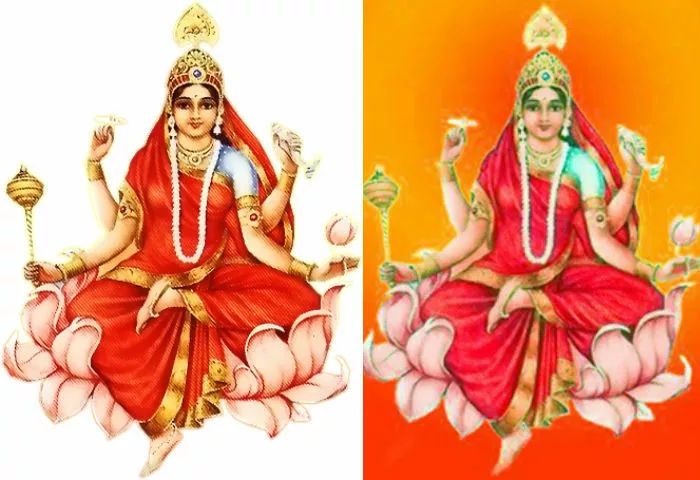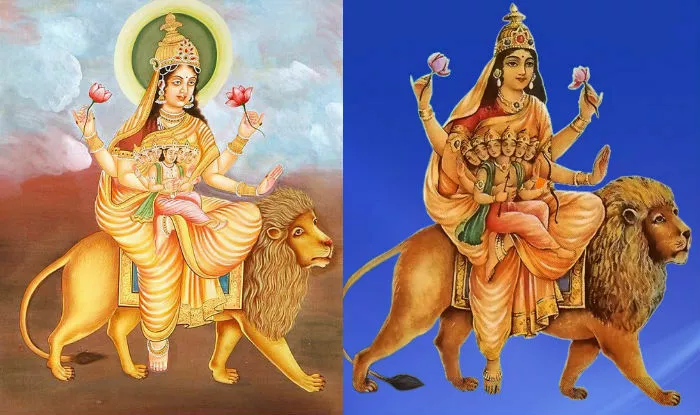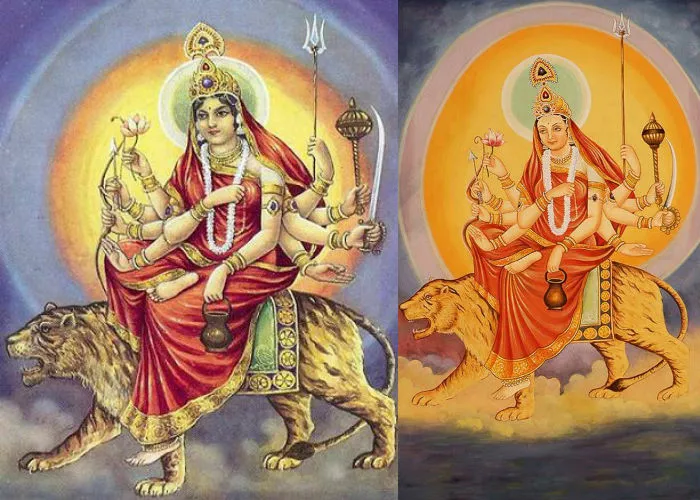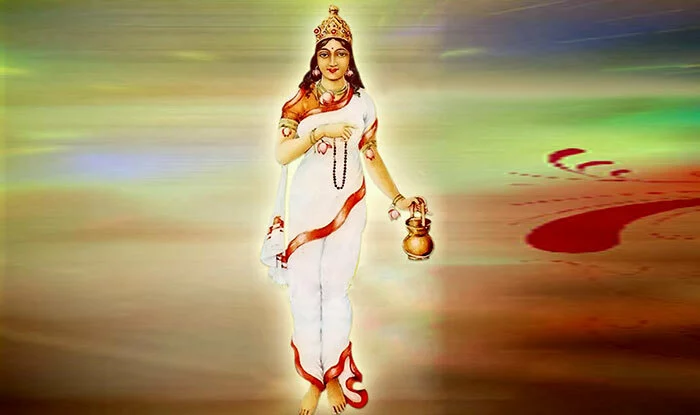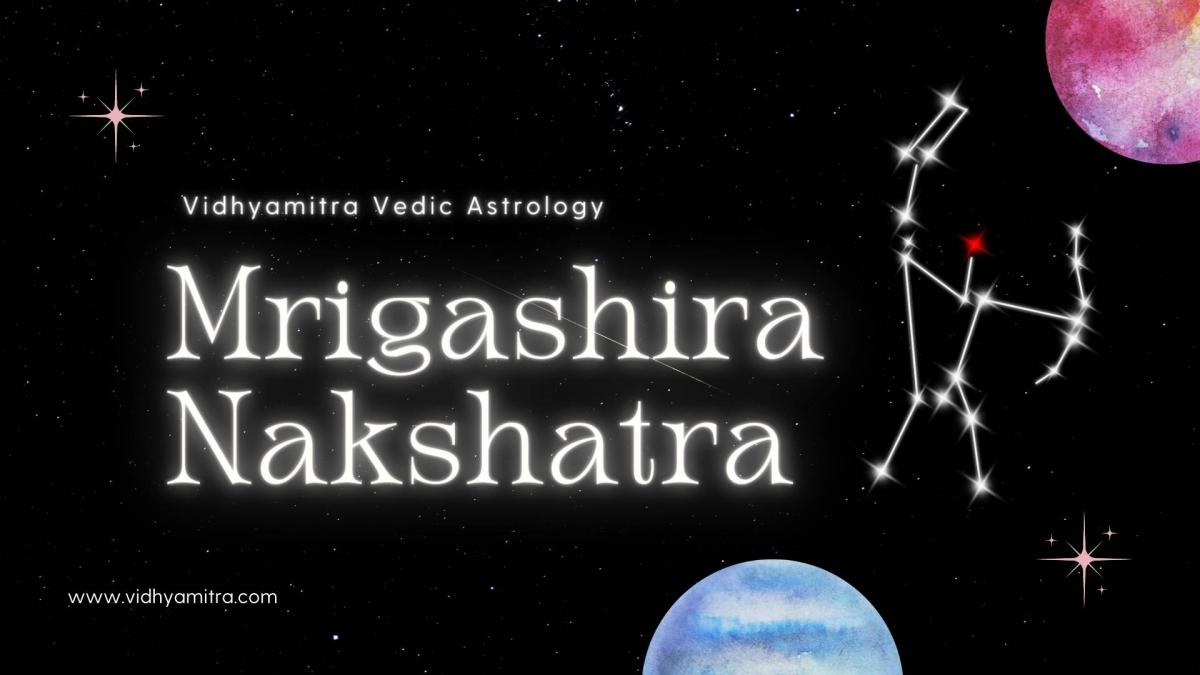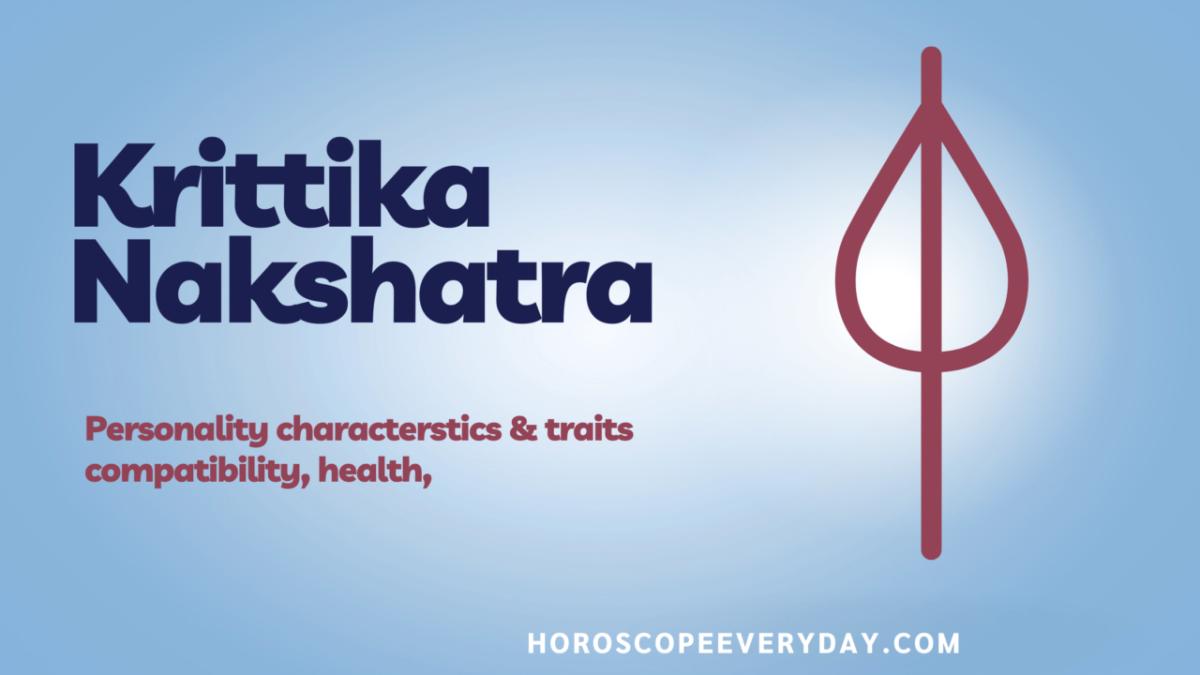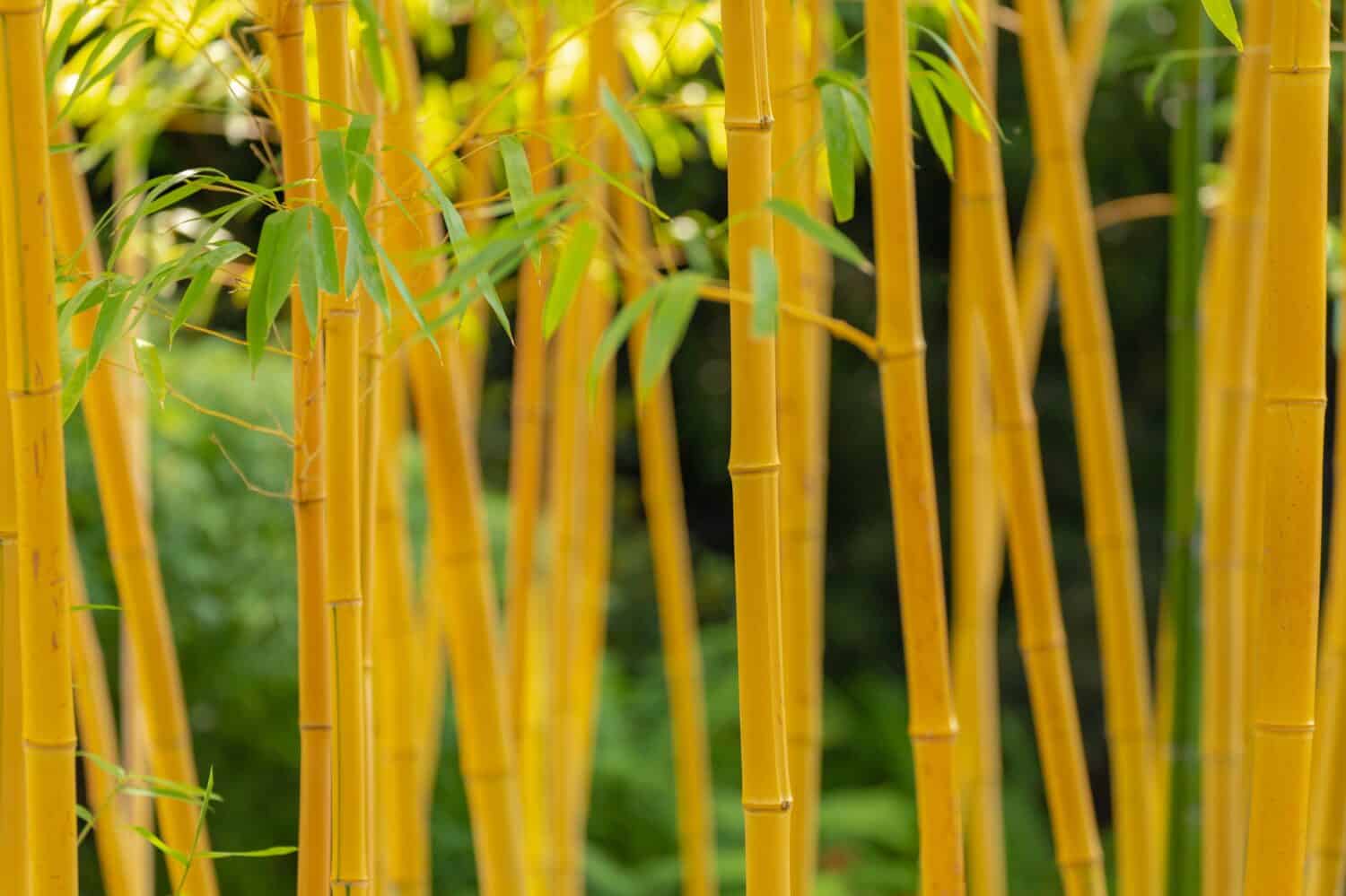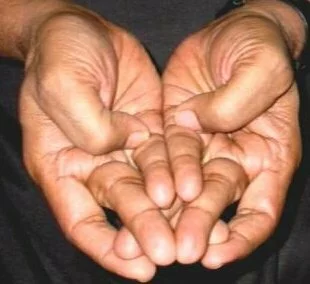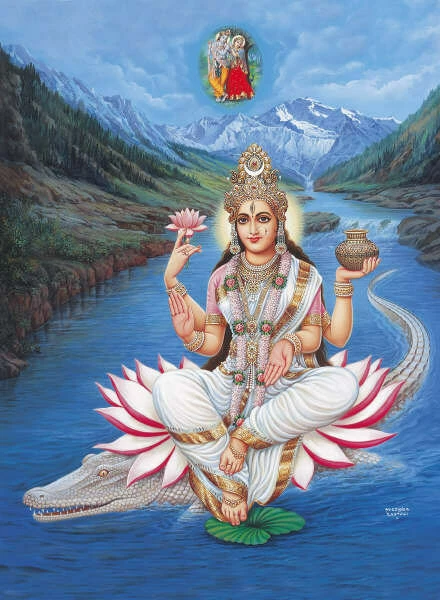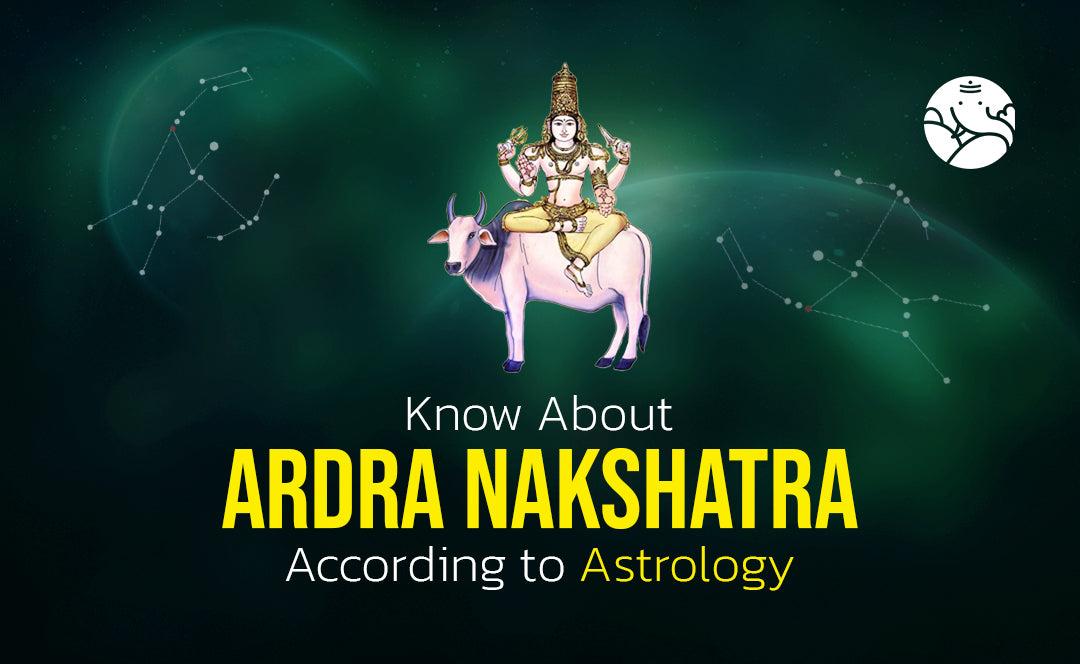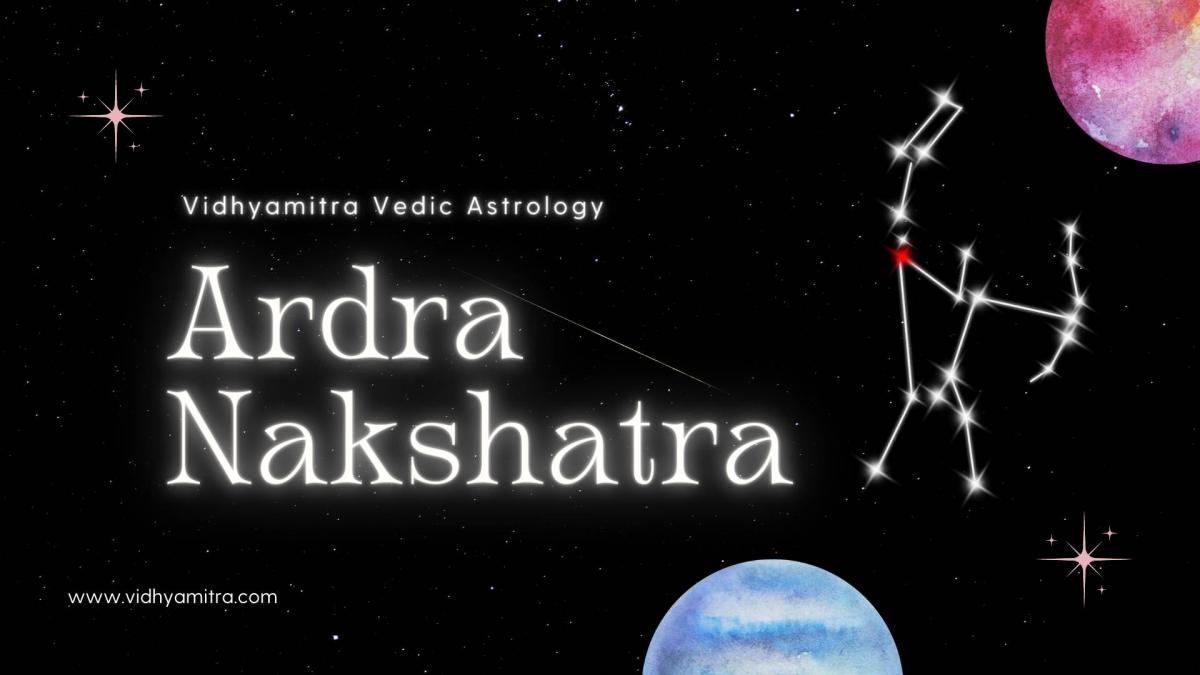
#Ardra #Nakshatra in #Astrology denotes that native has intellectual nature, passionate thinking side, is sharp-minded, looking for why and the cause behind things that happen in the world, has strong speaking talents, lack a large number of close friends, confrontations with others, master of debates and arguments, makes enemies easily, causing emotional pain to others, and can be turned away by society.
Ardra Nakshatra in #VedicAstrology is one of the Urdhvamukhi Nakshatras (or the Nakshatras, which have their mouths upwards). In these Nakshatras, things related to palaces, coronations, boundary walls, and tall structures can be auspiciously begun and performed.
Symbol: A #Bead or a #Drop
The sign for this Nakshatra is a tear or a drop. This is an indication of seminal fluid that causes fertilization.
Deity: Lord #Rudhra
The deity for Ardra Nakshatra is #Rudra. The meaning of the word Rudhra is the one who makes #cry because Rudh means to cry. The deity for #Rohini is #Brahma and for Ardra is Rudhra. Brahma is the creator, #Vishnu is the maintainer, and Rudhra is the destroyer. You may wonder how come Rudhra came after Brahma instead of Vishnu. This is because the egg was formed and didn’t get fertilized. This means the creation and destruction happened but were not maintained. Vishnu is a deity of Shravana Nakshatra because, during #Shravana Nakshathra, the development of the baby is complete.
Characteristics of Ardra Nakshatra in Astrology
The animal of Ardra Nakshatra is a #female #wolf or a female #dog. A dog is the most fascinating creature on this planet.
It can love to the point that it will give its life for you, or it can bite and throttle someone’s bone if they cross their territory.
They are needy, emotional, and pack animals. They always want to be with you and feel abandoned when you go to work.
Dogs have alpha dog in the pack, usually in domestic settings, where there are more than 3 dogs.
One will always become the alpha, but there aren’t any alpha in wolves except the senior dog, who may be the pack’s parent.
They work as a team without a leader.
Translating these facts into Nakshatra is quite simple. Ardra natives require extreme loyalty in love and friendship.
They do not want to feel abandoned by you else, they either become extremely emotional or wild like the wolf to defend their loyalty for you.
They go to extremes of showing their loyalty by even giving their own lives, but when you cross them or their loved one, they will come after you like a hungry dog or wolf and eat the flesh off of you.
They are unpredictable, like a strange dog. You do not know if they are friendly or will try to bite you.
Therefore, everyone is cautious of approaching an Ardra native.
When Ardra natives gets angry, sad and frustrated, they will #howl and scream like the wolf, especially when the impact of malefics is on the planet placed in Ardra.
Usually, these people are calm and very private, like the wild wolves, which hide in the deep forest.
Wolves are excellent hunters in the world. Ardra natives love going hunting, which is also their symbolism of “The Hunter”.
They love eating wild game meat like elk, venison, wild boar, alligator etc. This quality of hunting also gives such natives good eyesight in the dark.
Such folks will always hunt for their object of desire when they like someone and will do whatever it takes to get them.
The deity of this Nakshatra is Rudra (Shiva). #Shiva is an #Aghori, the one who is #naked, constantly meditates, deals and #loves #death, knows the value of death, stays in #cremation grounds, eating wild fruits, berries of forest including meat.
Yes, Shiva did it all. All the things are in Shiva Purana. Shiva is known as #Bholenaath (the innocent one), he gives whatever you ask him.
He is always in meditation and calm, but if you were to disturb him from his meditation, he will not only destroy you but has the capacity of destroying the entire Universe.
Rudra (Shiva) is also one of the first #medicine #man from the #RigVeda.
He is one of the best physicians of all times. He was making medicine himself and healing people under the name Vaidyanatha (Lord of remedies).
Rudra is the embodiment of Shiva with armor along with bow & arrow, just like the Hunter of #Orion.
It’s said that one must worship Rudra in order to attain moksha.
Rudra was created by multiple Gods to get to Brahma, who was chasing his daughter for procreation.
Gods wanted something so powerful that could take Brahma down, and this is how Rudra was manifested.
Ardra natives are exactly like Shiva.
They are wild, unorthodox; they can go to the extreme of everything like extreme meditation, love, lust, anger, work, and emotions, just like how Shiva’s anger can destroy the whole Universe.
They are usually calm people who are wild in a silly sense.
They are very animated and can be boys of boys or girls amongst boys due to the muscle nature of this Nakshatra.
A girl usually is a tomboy in youth.
Once Shiva is disturbed from his calm mood or backstabbed, then they become Rudra and will destroy whatever is in front of them.
They are the ones who can throw everything from their desk when angry.
Ardra natives also make great physicians, and are related to pharmaceutical and Ayurveda professions.
Career is determined by using the Dharma, Artha, Kama, Moksha technique.
The symbolism of Ardra is a teardrop and a skull. The teardrop represents the drop of the storm.
A storm will always start out with a few drops on your head, and before you know, you are in a flood of water.
The drop is known as a “tear drop”, which is the teardrop of Shiva.
In real life, Ardra must face storms of emotions where tears just come out.
When they cry, they will cry a storm and usually, it can be over very small things.
The cry is not normal; it’s a cry with a howl and scream.
Out of all the Nakshatras, Ardra is the most emotional and with deep feelings, but the reason why they have such feelings is because the world is supposed to betray those feelings, so the water inside turns into a fierce storm.
It’s in their karma to deal with tears; therefore, they make the best actors in front of a camera.
When Ardra native reads a letter, email or text message from past, they can have a river of tears flowing out of them.
The symbolism of the skull is the mystical and realistic side of Ardra.
A skull is actually one of the best tools for an Aghori in the cremation ground.
They use the skull for drinking wine. It may be sacrilegious for us, but we are too dumb to understand the scientist (Aghori) practicing this science of nature.
There is a logical purpose why an Aghori smears themselves with ashes and drink from skull or eat the flesh of the dead.
The skull symbolism shows that Ardra is not afraid of death and is curious about the world of mysticism, occult, tantra, and magic rituals.
Skull is also where the hair grows, and Ardra represents the hair of Shiva.
The controller of this Nakshatra is #Rahu. All three Nakshatras of Rahu, which are Ardra Nakshatra, #Swati Nakshatra and #Shatabhisha Nakshatra, will have a lot of similar themes to them compared to other Nakshatra being ruled by a single planet.
Rahu is like Jupiter. All Rahu ruled Nakshatras love space, science fiction, astrophysics, the astral plane, fantasy and anything to do with the new-age technology.
Even though Ardra is a medicine man, but these natives are attracted to future technology.
Out of all the Nakshatras of Rahu, Ardra has the capacity to write a great science fiction book.
All Ardra natives dive into the fantasy of what is the world, how the world works, and what else is out there in the ether besides this blue planet, Earth.
Attributes of Ardra Nakshatra in Astrology
Ardra Nakshatra extends in Gemini (Mithun) from 6’40” to 20’00”.
When Surya enters Ardra, the Earth is said to be starting its menstrual course, that is, Ambubachi.
Ardra means wet or surcharged with water. Because the Earth is running her menstrual course, teardrops fall one after another.
From Rudra comes all suffering, persecutions and oppressions, anger, the ferocity of countenance or hideousness of noise. Rudra is another name of Shiva, the five-faced (Panchanana).
In knowledge, asceticism, renunciation, and enjoyment, he is the supreme consummation of all desires. He is a blue-throated one, the wielder of the tremendous powers, what could not be attempted, far less achieved by other Gods.
On one side, he symbolizes the perfect placidity and serenity; on the other hand, he is the symbol of all that is terrible. He holds the great serpent on his head and forehead crescent Chandra with his sweet-soft light.
At the same time, he is the most peaceful and the most terrible. And in all these are to be traced the intrinsic characteristics of Ardra.
Superficially, on the surface of it, Ardra stands for suffering, hardness, cruelty, murder, prison, theft, adultery, etc.
The root characteristic is oppression in order to purify. All male kidney troubles, connected urethral diseases and also uterine diseases of the females, come within the jurisdiction of Ardra.
Description of Ardra Nakshatra in Vedic Astrology Treatise
According to Hora Sara: The native with Ardra as his natal Nakshatra will have a wavering mind, be a crafty speaker, and will steal others’ money, be self-respected, will have few sons, be long-lived, and will have royal money.
According to Jataka Parijata: If at a native’s birth, the Moon is in Ardra, he will be destitute to wealth, fickle, with much physical strength, and addicted to base actions.
According to Sage Narada: The native born in Ardra will be interested in rituals related to tantra, adventurous, skillful in trading, fierce, and ungrateful.
According to Brihat Samhita: The asterism Ardra makes one perfidious, haughty, irascible, ungrateful, cruel, and sinful.
https://vidhyamitra.com/ardra-nakshatra-in-astrology-characteristics-padas-remedies/
